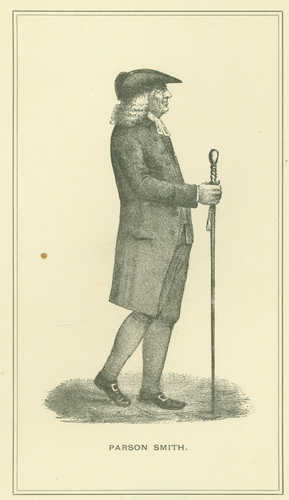Keywords: Central Building
Item 14363
Central Fire Station, Bangor, ca. 1950
Contributed by: Hose 5 Fire Museum Date: circa 1950 Location: Bangor Media: Photographic print
Item 7380
Otisfield Central School, Otisfield, ca. 1990
Contributed by: Otisfield Historical Society Date: circa 1990 Location: Otisfield Media: Photographic print
Item 86151
Owner in 1924: Central Wharf Proprietors
Item 86154
Storage, Central Wharf, Portland, 1924
Owner in 1924: Central Wharf Proprietors Use: Storage
Item 150272
Alterations to former W.T. Grant Building, Bangor, 1976
Contributed by: Maine Historical Society Date: 1976 Location: Bangor Client: Anderson & Norton Architect: Eaton W. Tarbell
Item 150660
High School Building for the City of Lewiston, Lewiston, 1930-1938
Contributed by: Maine Historical Society Date: 1930–1938 Location: Lewiston Client: City of Lewiston Architect: Coombs and Harriman Architects
Exhibit
Good Will-Hinckley: Building a Landscape
The landscape at the Good Will-Hinckley campus in Fairfield was designed to help educate and influence the orphans and other needy children at the school and home.
Exhibit
This collection of images portrays many buildings in Sanford and Springvale. The images were taken around the turn of the twentieth century.
Site Page
Historic Hallowell - Central Maine Power
"Central Maine Power Ice Storm, Academy Street, Hallowell, 1998Hubbard Free Library CMP Overview CMP crews are the reason Maine isn’t still a…"
Site Page
Life on a Tidal River - Bangor: Healthcare Center of Eastern and Central Maine - Page 1 of 2
"The Mace Building was donated and was located at 489 State Street in Bangor Maine, at the foot of what is now Summit Avenue. Founded by William H."
Story
Monument Square 1967
by C. Michael Lewis
The background story and research behind a commissioned painting of Monument Square.
Story
John Coyne from Waterville Enlists as a Railroad Man in WWI
by Mary D. Coyne
Description of conditions railroad men endured and family background on John Coyne.
Lesson Plan
Longfellow Studies: "The Jewish Cemetery at Newport"
Grade Level: 6-8, 9-12
Content Area: English Language Arts, Social Studies
Longfellow's poem "The Jewish Cemetery at Newport" opens up the issue of the earliest history of the Jews in America, and the significant roles they played as businessmen and later benefactors to the greater community. The history of the building itself is notable in terms of early American architecture, its having been designed, apparently gratis, by the most noted architect of the day. Furthermore, the poem traces the history of Newport as kind of a microcosm of New England commercial cities before the industrialization boom. For almost any age student the poem could be used to open up interest in local cemeteries, which are almost always a wealth of curiousities and history. Longfellow and his friends enjoyed exploring cemeteries, and today our little local cemeteries can be used to teach little local histories and parts of the big picture as well.
Henry Wadsworth Longfellow visited the Jewish cemetery in Newport, RI on July 9, 1852. His popular poem about the site, published two years later, was certainly a sympathetic portrayal of the place and its people. In addition to Victorian romantic musings about the "Hebrews in their graves," Longfellow includes in this poem references to the historic persecution of the Jews, as well as very specific references to their religious practices.
Since the cemetery and the nearby synagogue were restored and protected with an infusion of funding just a couple years after Longfellow's visit, and later a congregation again assembled, his gloomy predictions about the place proved false (never mind the conclusion of the poem, "And the dead nations never rise again!"). Nevertheless, it is a fascinating poem, and an interesting window into the history of the nation's oldest extant synagogue.



















